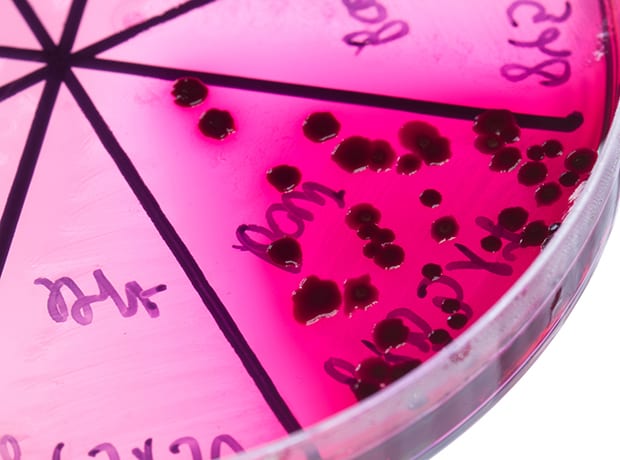The new technology can produce targeted infections within 30 minutes to two hours.
Researchers at McMaster University, supported by experts at Université Laval in Canada, have developed a new way to make life-saving bacteriophages (phages) easier to use, easier to transport and more accessible to patients who need them most.
Phages, often used in genetic research, are viruses that infect and grow in bacteria and archaea, naturally destroying the bacteria in conditions where antibiotics are ineffective.
“The sheer number of phages makes them more difficult to use than traditional antibiotics,” said lead author Zeinab Hosseinidoust, a chemical engineer at McMaster University.
Because phages can be difficult to access quickly and efficiently, especially for antibiotic-resistant infections, researchers at McMaster University aimed to develop a new, simple way to store, identify and share phages to make them more accessible to patients.
Published in Nature CommunicationsAs part of their new user-friendly system, the researchers developed a dry storage platform, a pill-like medium that preserves phages without refrigeration and combines them with a substance that emits a visible light as soon as it responds to a target infection that can block the phages.
Using this medium, the team loaded thousands of phage samples onto a portable testing tray and simultaneously looked for matches, with positive results visible after 30 minutes to two hours.
“In times of emergency, clinics and hospitals often have to frantically call out candidate phages to test for potential use, and having ready access to such a portable testing lab would bring speed and order to today’s operations,” said Tohid Didar, a mechanical engineer at McMaster University and study co-author.
Furthermore, the technique could facilitate the use of phages for non-medical applications, including agriculture, and the researchers are seeking partners to develop the technology for broader use.
If successful, Didar said the technique “has the potential to revolutionize how phages are used for a variety of purposes.”







